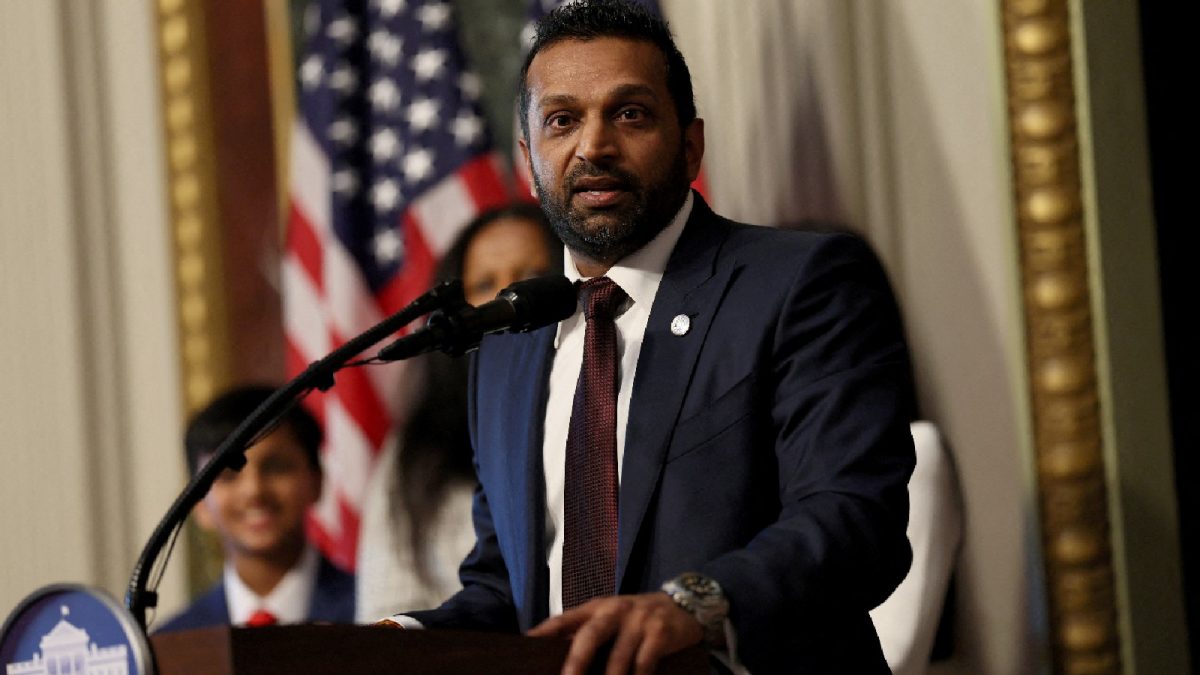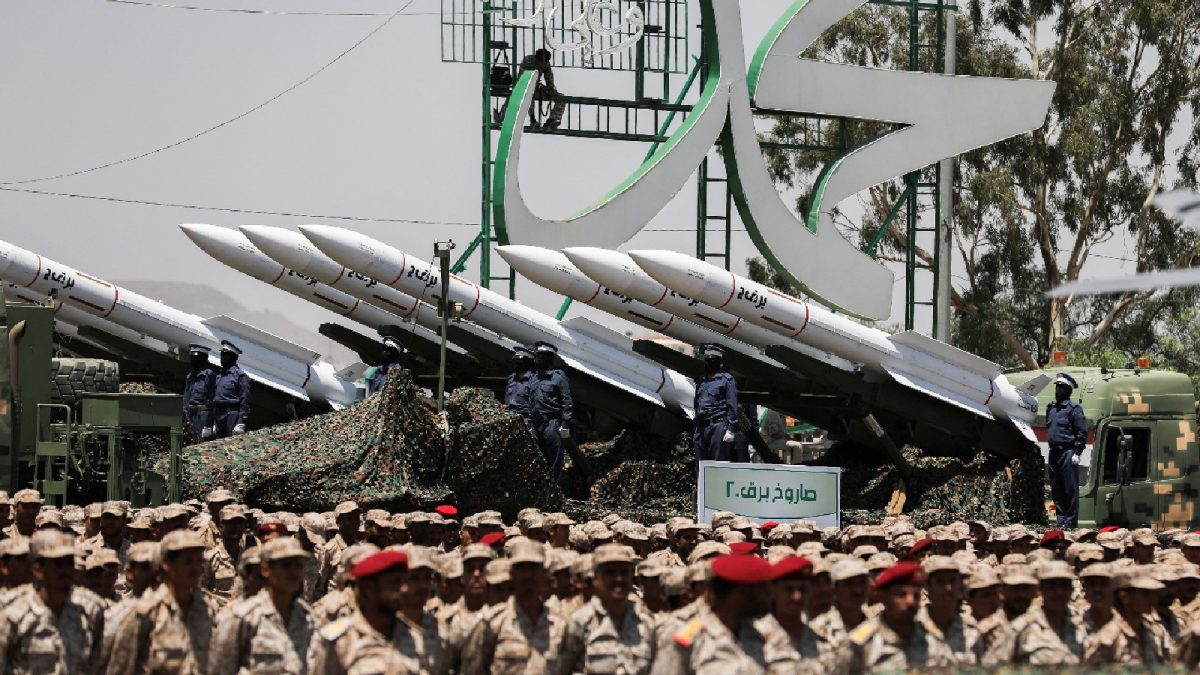Last Updated:May 26, 2025, 08:22 IST
According to the Defence Intelligence Agency, India views China as a "primary adversary" and its defence priorities focus on countering China and enhancing its own power.

India views China as its primary adversary and Pakistan as an ancillary security problem. (Credits: File image)
China is rapidly advancing its military modernisation and developing capabilities across all warfare domains that could enable it to seize Taiwan by force, and is expected to reach at least 1,000 operational nuclear warheads by 2030, according to a report by the US Defence Intelligence Agency (DIA).
As per the report, China maintains its strategic objectives to be the pre-eminent power in East Asia, challenge the United States for global leadership, unify Taiwan with mainland China, advance the development and resiliency of China’s economy, and become technologically self-sufficient by mid-century.
India views China as its “primary adversary" and Prime Minister Narendra Modi’s defence priorities are focusing on global leadership, countering China, and enhancing New Delhi’s military power.
According to the report, China is likely to continue multidomain pressure campaigns against Taiwan, the Philippines and others who resist Beijing’s territorial claims and will keep an eye on the United States and prepare measures to deter, defeat and retaliate against any US moves that it perceives as intending to disrupt China’s diplomatic, economic and security objectives.
India-China Relations
The US DIA report says India views China as its “primary adversary" and is giving priority to advancing its bilateral defence partnerships in the Indian Ocean region through exercises, training, arms sales, and information sharing to counter Chinese influence and boost its global leadership role.
India and China reached an agreement last year to disengage along the Line of Actual Control (LAC) in eastern Ladakh. “The disengagement did not resolve the longstanding dispute about border demarcation but reduced some tension still lingering from a 2020 incident when troops on both sides were killed in a clash along the Line of Actual Control," it said.
While India has reduced procurement of Russian-origin military equipment, it still relies on Russian spare parts to maintain and sustain its large inventory of Russian-origin tanks and fighter aircraft that help its military to counter threats from China and Pakistan.
China’s Nuclear Programmes
China announced a nominal 5.2% annual military budget increase to $247 billion in 2025. However, China’s actual defence spending is significantly higher, following the 2024 defence spending of an estimated $304-$377 billion.
China’s nuclear warhead stockpile probably has surpassed 600 operational nuclear warheads. The DIA estimated that China will have more than 1,000 operational nuclear warheads by 2030, and the country will continue growing its force until at least 2035.
“This supports the PLA’s objective to achieve a more diverse nuclear force, comprising systems including low-yield precision strike missiles and ICBMs with multi-megaton yields, to provide a broader range of nuclear response options," it said.
China’s approach to using nuclear force is based on the Army’s “deterrence" of an enemy first strike and “counterstrike" against an adversary’s military capability, population, and economy when deterrence fails. Its rapid modernisation suggest that it seeks the ability to inflict far greater levels of overwhelming damage.
China’s Growing Pressure On Taiwan
China is likely to continue its campaign of diplomatic, information, military, and economic pressure on Taiwan to advance its long-term objective of unification with Taiwan, deter any move by Taiwan toward independence, and test the United States’ commitment to Taiwan’s defence, according to the US agency.
The Chinese military has increased military pressure on Taiwan since last year, following the election of President Lai Ching-te. It possesses a variety of military options to coerce Taiwan, including increase the frequency and scope of China’s military presence operations, air and maritime blockades.
China insists democratic Taiwan is part of its territory and has threatened to use force to bring the island under its control. Beijing has increased the deployment of fighter jets and naval vessels around Taiwan in recent years to press its claim of sovereignty, which Taipei rejects.
Location :Washington D.C., United States of America (USA)
First Published:News world China Projected To Have 1,000 Nukes, Viewed As 'Primary Adversary' By India: US Report

 1 month ago
1 month ago


















